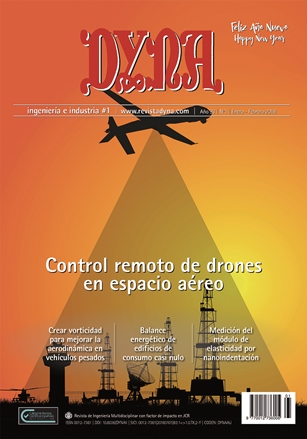NEARLY ZERO ENERGY BUILDING (NZEB). A REVIEW OF DEFINITIONS AND IDENTIFICATION OF THE ENERGY BALANCES BY MEANS OF SIMULATION
Keywords:
Edificios de consumo casi nulo, Edificios con balance energético cero, energías renovables, metodologías de cálculo para el balance de edificios, clasificación de edificios energéticamente eficientes.Abstract
Concern about the increasing worldwide energy consumption and the necessity of reducing environmental emissions have influenced to the different sectors during the last years. Within the different sector is stood out the building sector (residential, commercial and industrial) since they have a significant impact on the final energy use. In order to accomplish new challenges for a global improvement, a new trend in building design and use has appeared, by integrating different renewable energy sources. This more efficient trend for building allows to a net zero or almost zero energy balance with the distribution networks. In concept, a net zero energy building (NZEB) is a building with a greatly reduced operational energy needs. In such building, efficiency gains have been made such that in such a way the balance of the energy needs can be offset by renewable technologies. Despite the clear goals to reach more efficient buildings by means of national and international guidelines, an unambiguous definition and different criteria to classify and evaluate this kind of buildings are observed. This work is intended to review the different definitions, classifications and calculation methodologies that different authors, national and international guidelines and private proposals have reported in the literature. Finally, a possible transformation from a conventional building to a NZEB is depicted by simulation. Keywords: Net zero energy building, nearly zero energy building, renewable energies, zero energy building calculation, zero energy building classification.Downloads
Published
2018-01-01
Issue
Section
ARTICULOS

